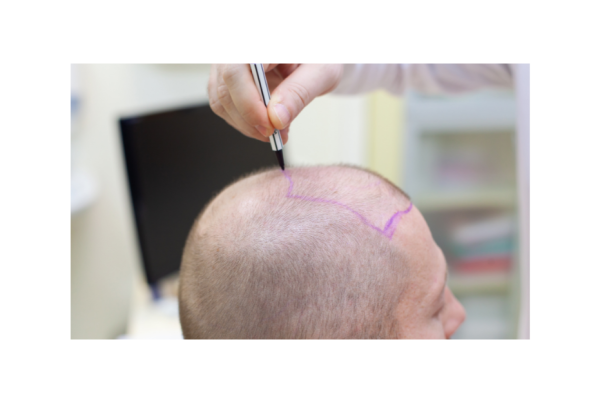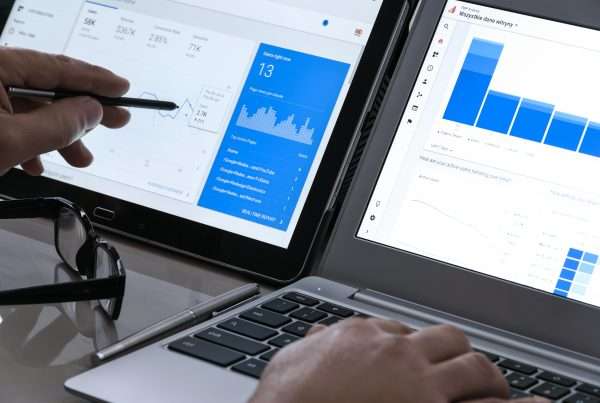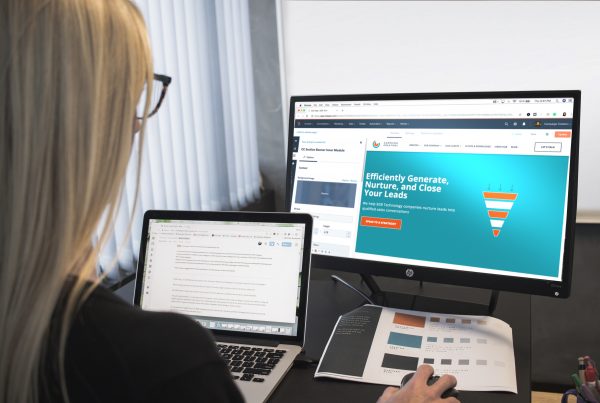Web Design and PPC are two of the most collaborative digital channels. The main reason for this is twofold: firstly, the development side of web design from a technical standpoint is required to create the page, and secondly, the creative side of web design from a user experience standpoint is required to make the PPC landing pages convert and be targeted to the search content. The design and development of these landing pages are in large part the solution to increase both keyword quality score and increased CTR (click through rate) for PPC.
The number of PPC keywords you can use to send traffic to your site with paid search is unlimited, or to say it another way, is limited only by how much budget you have to allocate to it. The PPC keywords universe is extensive; almost unfathomably large. For example, although the amount of words there are in the English language is unknown, the number ranges from Merriam-Webster’s New International Dictionary’s 470,000 to the Oxford English Dictionary’s 600,000 words. Also, Google processes 5.6 billion searches per day. Of those, long-tailed keywords produce 92% of the search queries.
However, the majority of web design projects do not factor in a landing page web design strategy to create relevant content to cover the extent of this PPC keywords universe. In most of these projects, the Web Design Site Map is used to create a blueprint of the site’s pages which will outline the site architecture and landing page content that is relevant to the business goals and current products and/or services.
When looking at your PPC keywords and how they can contribute to your PPC landing page design, be sure to look at the Exact Match variation of the search term and conform to one main ideology: Be sure to include the keyword into the headline of your PPC text ad!
This will greatly contribute to an increased CTR and it will also contribute to improving your Quality Score for this keyword as the CTR maintains or improves over time.
Step 1: Clean and Simple design
Make sure your page takes a clean and simple approach. Our philosophy is that design should never get in the way of communication and functionality. Your users want to find what they’re looking for when they land on your site’s landing page for PPC. Make sure you have enough white space and clear messaging. Whether you’re looking for an increased CTR, improved ROAS (return on ad spend), or increased brand identity with customers, a simple design facilitates users to better understand what the company does and its mission and vision.
Step 2: Include the Searched PPC Keywords
Make sure “their” PPC keyword search term is visible and prominent above the fold on your landing page. We can expand more on this when we talk about quality score but for now, just make sure they see the term they searched on.
Step 3: Have a clear call to action
If your user is finished with the research phase and you have surpassed their consideration and they’re ready to talk, you want to be sure your call to action is readily available.
Step 4: Add Directional Cues
All of our landing page projects are treated just like our web design builds, whereby we want the page and it’s content to be treated like a conversation with the site visitor. You want to allow the user to engage with your site and ask questions and you do not want the site to blurt out everything about itself. There are some ways to guide a user through the site and that would be with the subtle use of directional cues. This will ultimately help guide the user to where you want them to go and, might, in the longer term, see an increased CTR on the landing page.
Step 5: Add A Video
It has been proven that user engagement increases significantly when engaged with video whether it is live action or animation. This video content can either be an “About Us”, branded content, or “Client Testimonial”. If your site visitor is still within the research or consideration phase of buying, this type of content can assist in securing confidence in your brand and company capabilities and tip the scales to having your visitor convert and become a lead.










